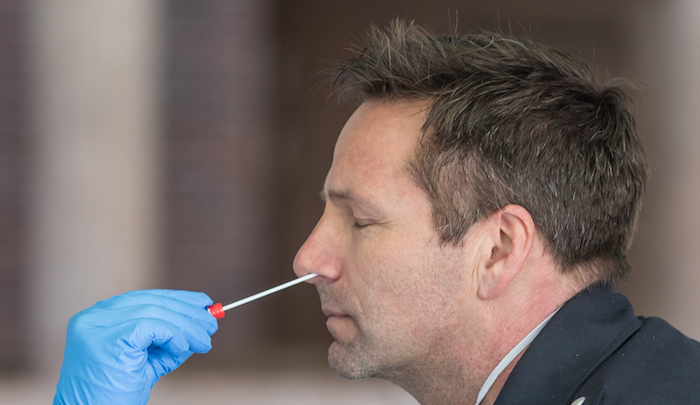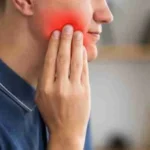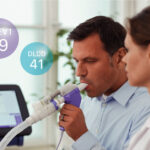COVID-19 continues to circulate in communities worldwide, making testing and symptom recognition ongoing public health priorities. Understanding when to get tested, what symptoms to watch for, and how different tests work helps individuals make informed decisions about their health and protect others. Here is more information on the key aspects of COVID testing protocols, symptom identification, and current testing methods available to the public:
Monitoring COVID Symptoms
COVID-19 symptoms can vary significantly between individuals and may change as new variants emerge, necessitating COVID testing. The most commonly reported symptoms include fever, cough, fatigue, body aches, sore throat, and loss of taste or smell. Some people experience congestion, a runny nose, nausea, vomiting, or diarrhea.
Symptoms typically appear 2-14 days after exposure to the virus. Many people with COVID-19 experience mild symptoms, while others develop severe illness requiring medical attention. Older adults and individuals with underlying medical conditions face higher risks for severe complications.
The presentation of COVID-19 symptoms can overlap with other respiratory illnesses, including the common cold, flu, and seasonal allergies. This similarity makes testing necessary for accurate diagnosis. Some infected individuals remain asymptomatic throughout their illness but can still transmit the virus to others.
Recent variants have shown different symptom patterns compared to earlier strains of the virus.
Exploring Types of Tests
Two main categories of COVID tests are available: diagnostic tests and antibody tests. Diagnostic tests determine current infection status, while antibody tests detect past infections. Diagnostic tests include PCR (polymerase chain reaction) tests and antigen tests. PCR tests detect genetic material from the virus and provide highly accurate results. Laboratory processing typically takes 1-3 days for results.
Antigen tests, also called rapid tests, detect specific proteins from the virus. Results are available within 15-30 minutes. While antigen tests provide quicker results, they may miss infections when viral loads are low, particularly in asymptomatic individuals. Multiple negative antigen tests over several days increase confidence in the results.
Testing recommendations vary based on symptoms, exposure history, and individual circumstances. Symptomatic individuals should test as soon as possible after symptom onset. People exposed to COVID-19 should wait at least 5 days after exposure before testing, as tests may not detect the virus during the early incubation period.
Understanding Testing Decisions
Understanding test results helps individuals make appropriate decisions about isolation, medical care, and protecting others. Positive test results, regardless of test type, indicate current infection. Individuals with positive results should isolate according to current public health guidelines and monitor symptoms.
Negative test results require interpretation based on the testing context. A negative result from someone with symptoms may warrant retesting or consultation with healthcare providers, particularly if using an antigen test. People with recent exposures who test negative should continue monitoring for symptoms and may benefit from repeat testing.
Healthcare providers can offer guidance on testing decisions, especially for individuals with underlying health conditions or those at higher risk for severe illness. Telemedicine consultations provide accessible options for discussing symptoms and testing strategies without in-person visits. Many pharmacies, healthcare facilities, and community centers offer testing services.
Learn More About COVID Testing
COVID-19 testing remains a valuable tool for diagnosis and infection control. Recognizing current symptom patterns helps individuals decide when testing is appropriate. Different test types offer varying benefits in terms of accuracy, speed, and convenience. Consulting healthcare providers can help navigate testing decisions, particularly for high-risk individuals or complex situations. Find a testing center near you to learn more.














